This week we have been learning about
The Great Plague
With the help of a two hour drama workshop
With Bindlestick Theatre Company
The session started as all good drama lessons do
With some warm up activities and games
All the children were joining in
And having fun
While developing their listening skills
And following some fast and complicated instructions
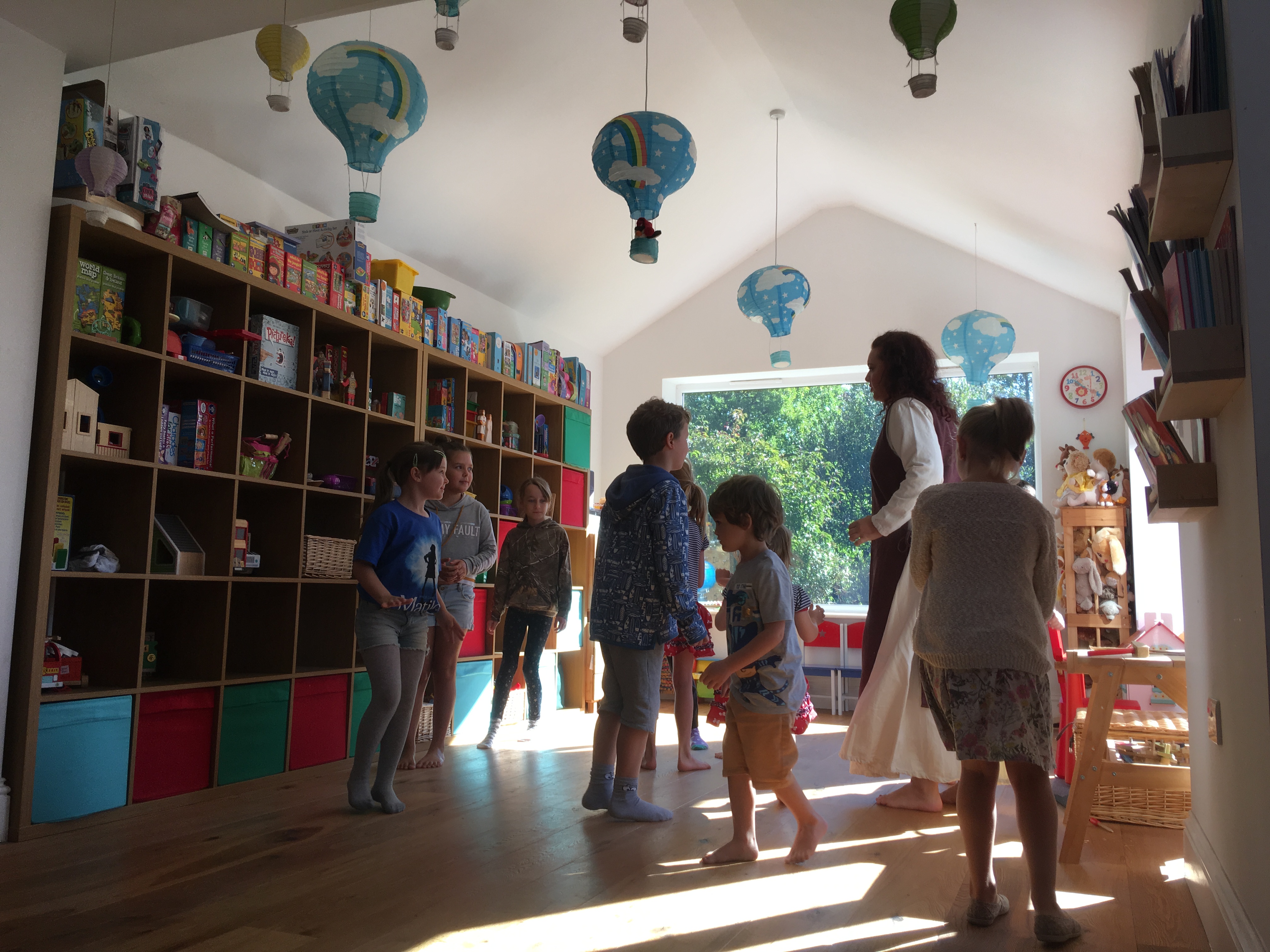
I was really proud of Bea
And her ability to keep up with the games
Soon we were ready to step back in time
And set the scene for our history learning
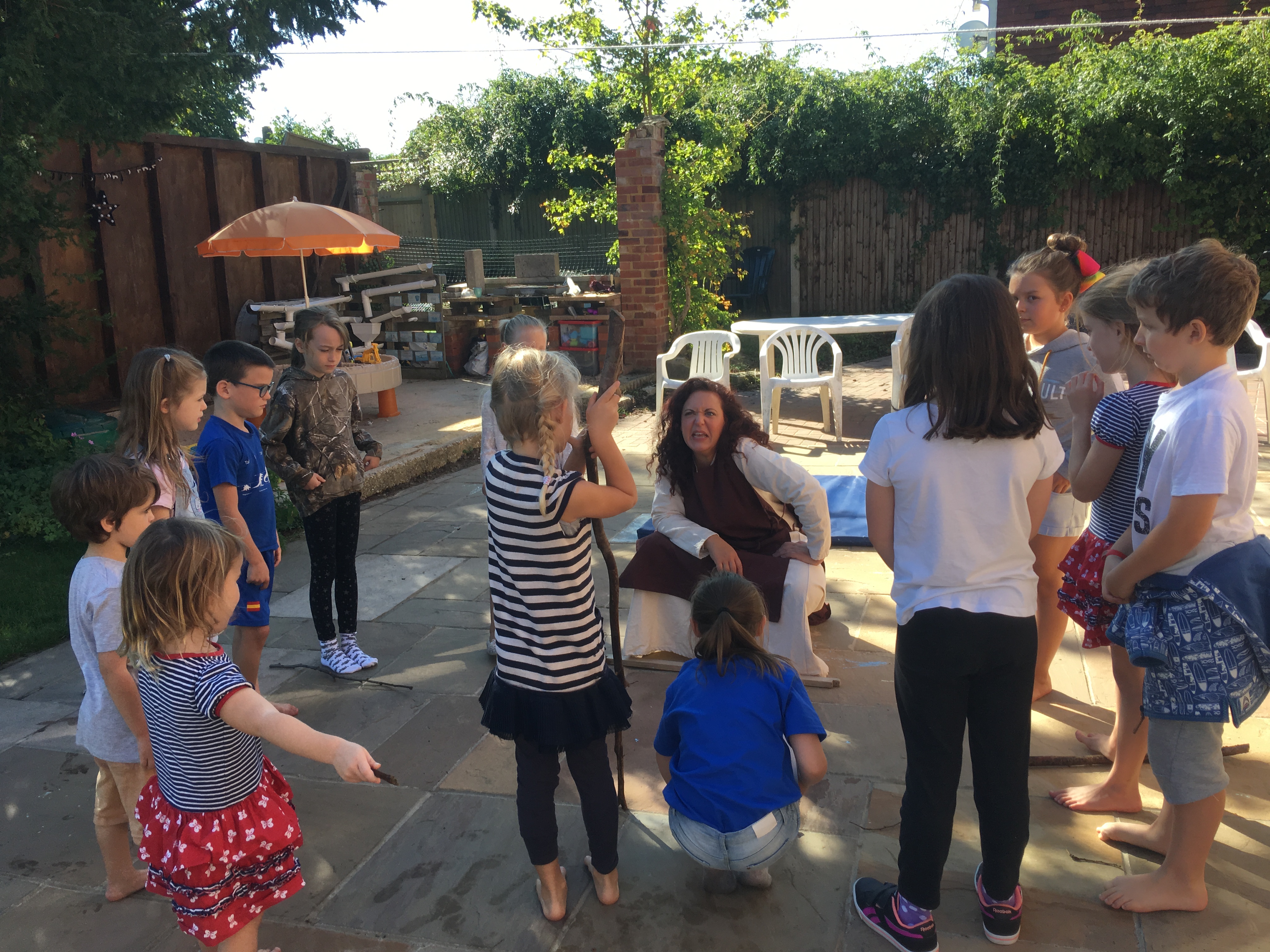
London 1665
Katie the leader
Engaged the children
And encouraged them to use their senses
To paint a picture of what London was like back then
We talked about the fact that people lived in cramped conditions
That there were no toilets
That people peed and pooed in pots
That they emptied on to the streets
How unwanted food was left to rot in the streets
We talked about lots of families living in one small house
Poor sanitation and hygiene
We thought about what we might see
What we would hear
And could smell!
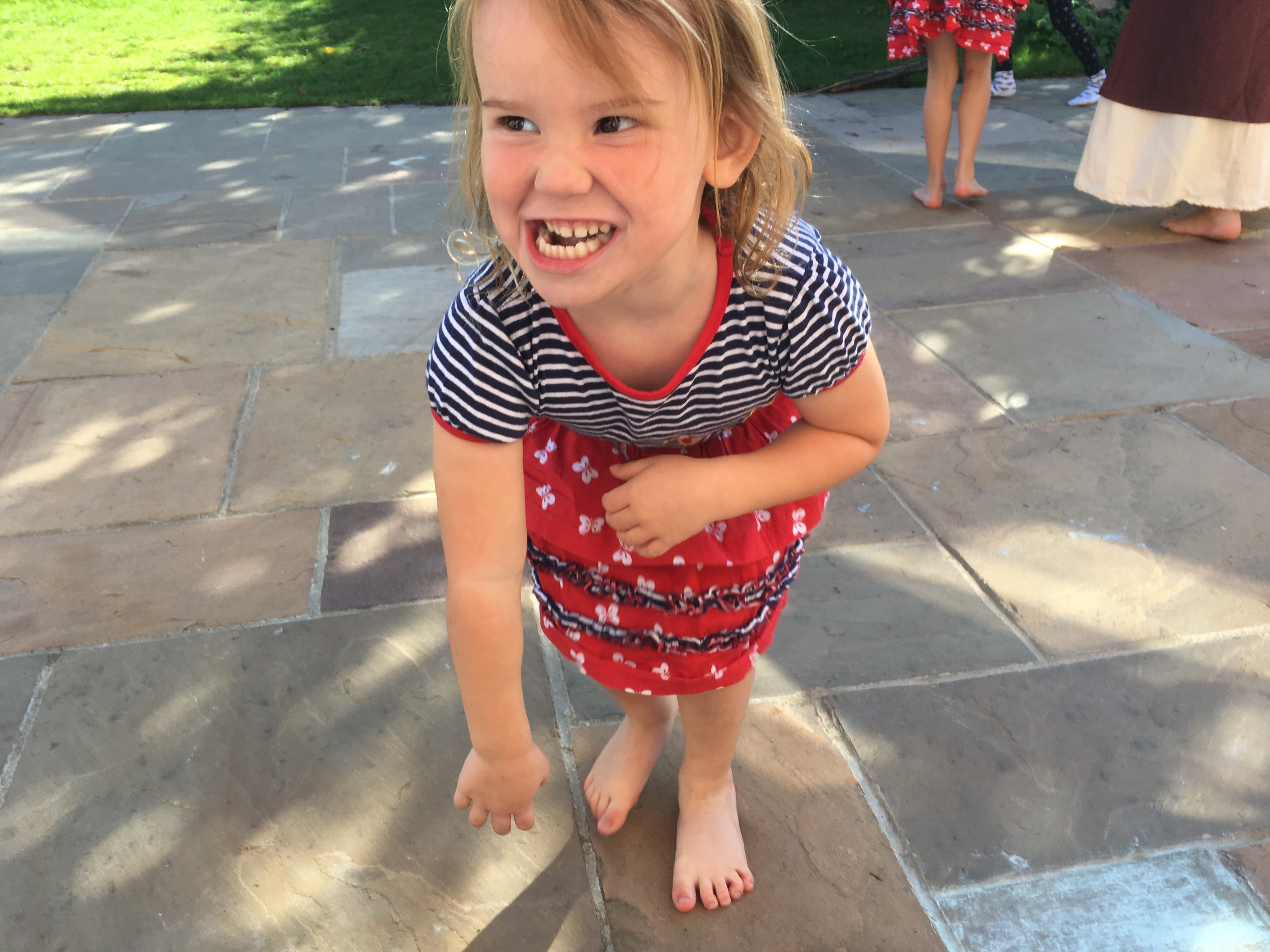
We talked about the animals in the streets
Farm animals on their way to market
Cats and dogs
Rats …
And fleas!
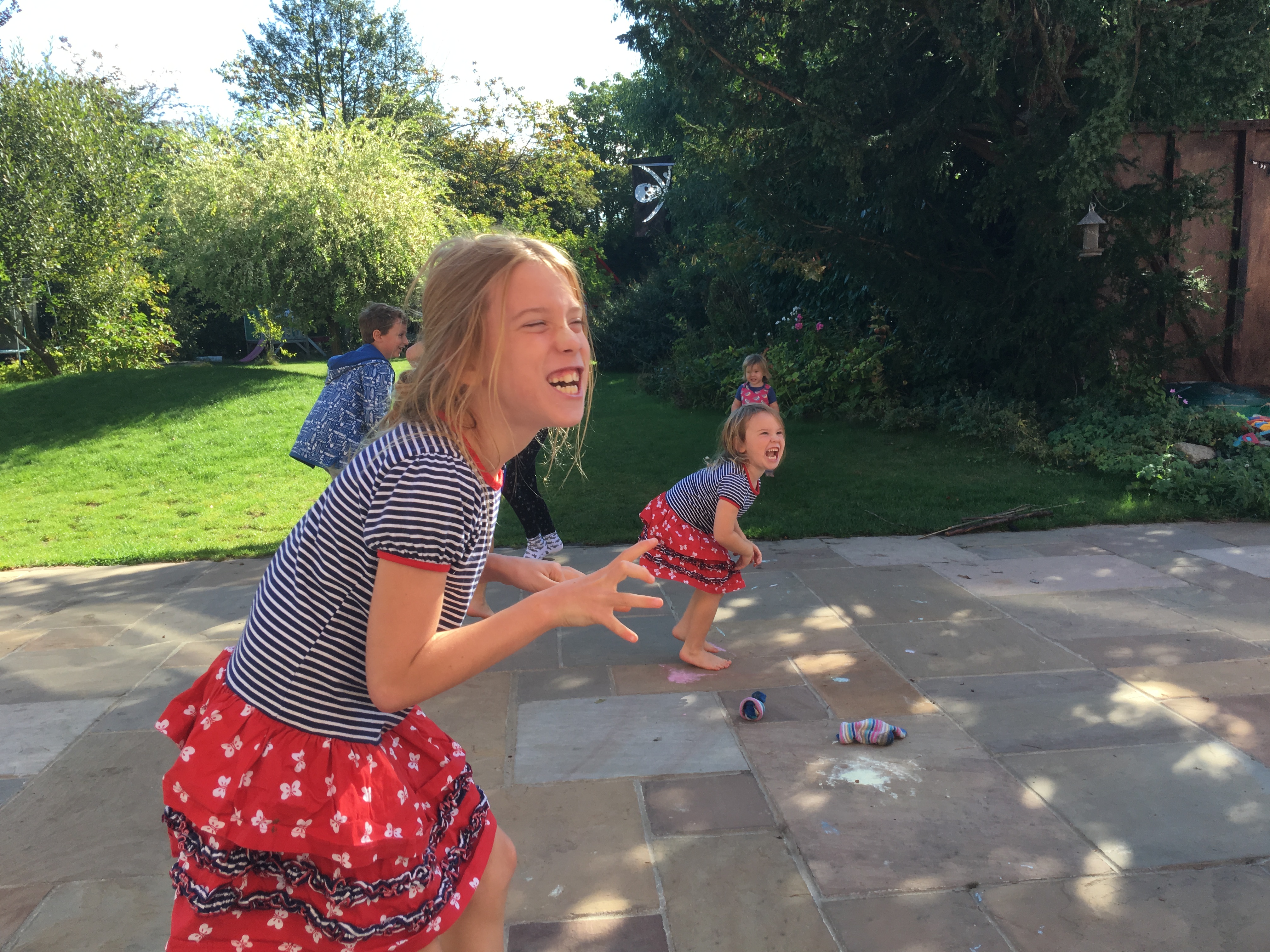
The children all curled up
Making their bodies as small as fleas
They played a game of rats and fleas
One child, my William, was a flea
The others were rats
William had to chase them and catch them
And infect them with the plague
The rats if caught had to change from happy rats
To evil angry rats
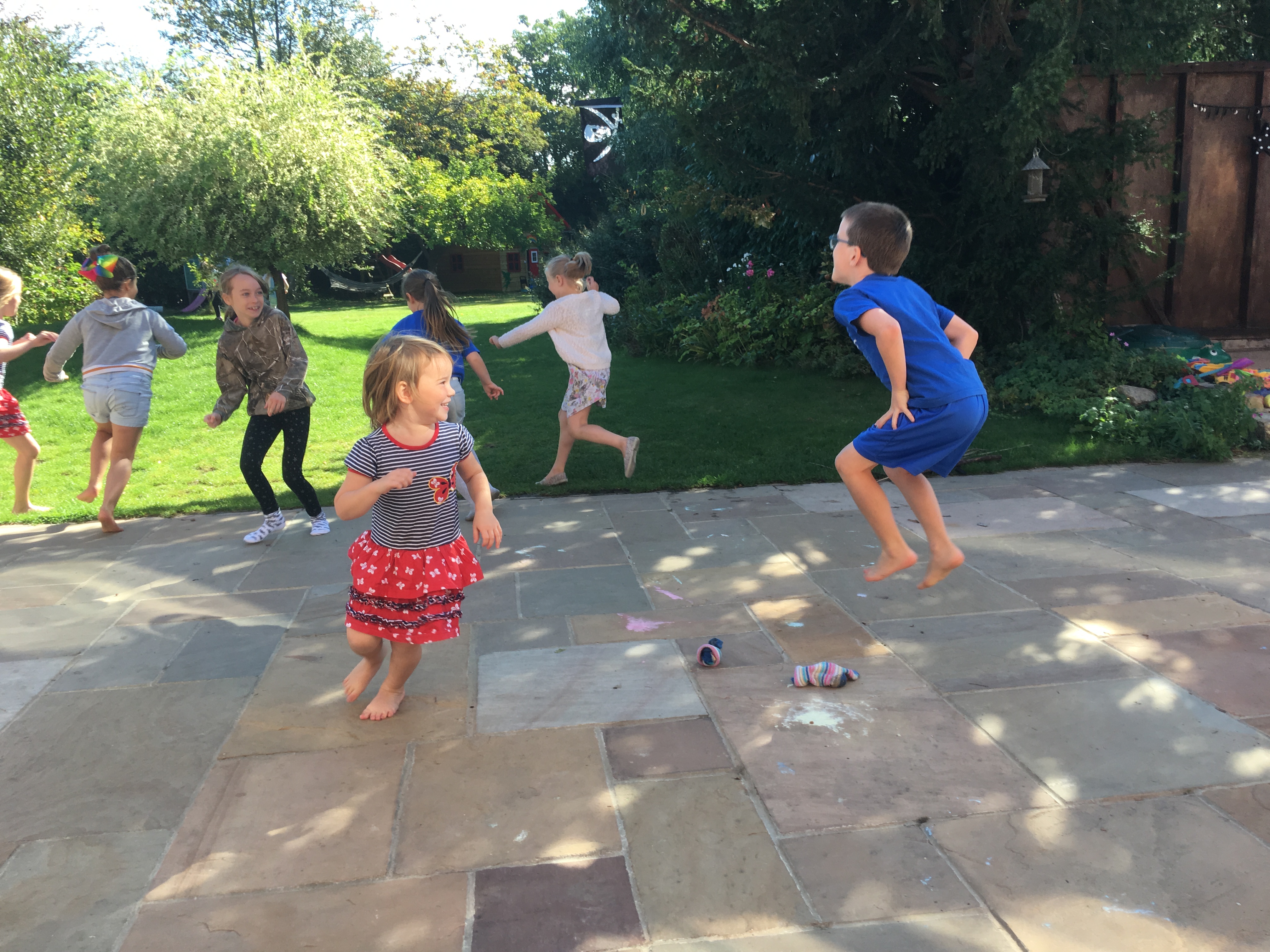
Using a game like this
Was a great way to make the dark subject matter of the plague
Fun
Light enough for primary aged children to enjoy
Building this physical activity into the drama and storytelling
Was a great way to allow the children to burn off energy
While keeping them engaged
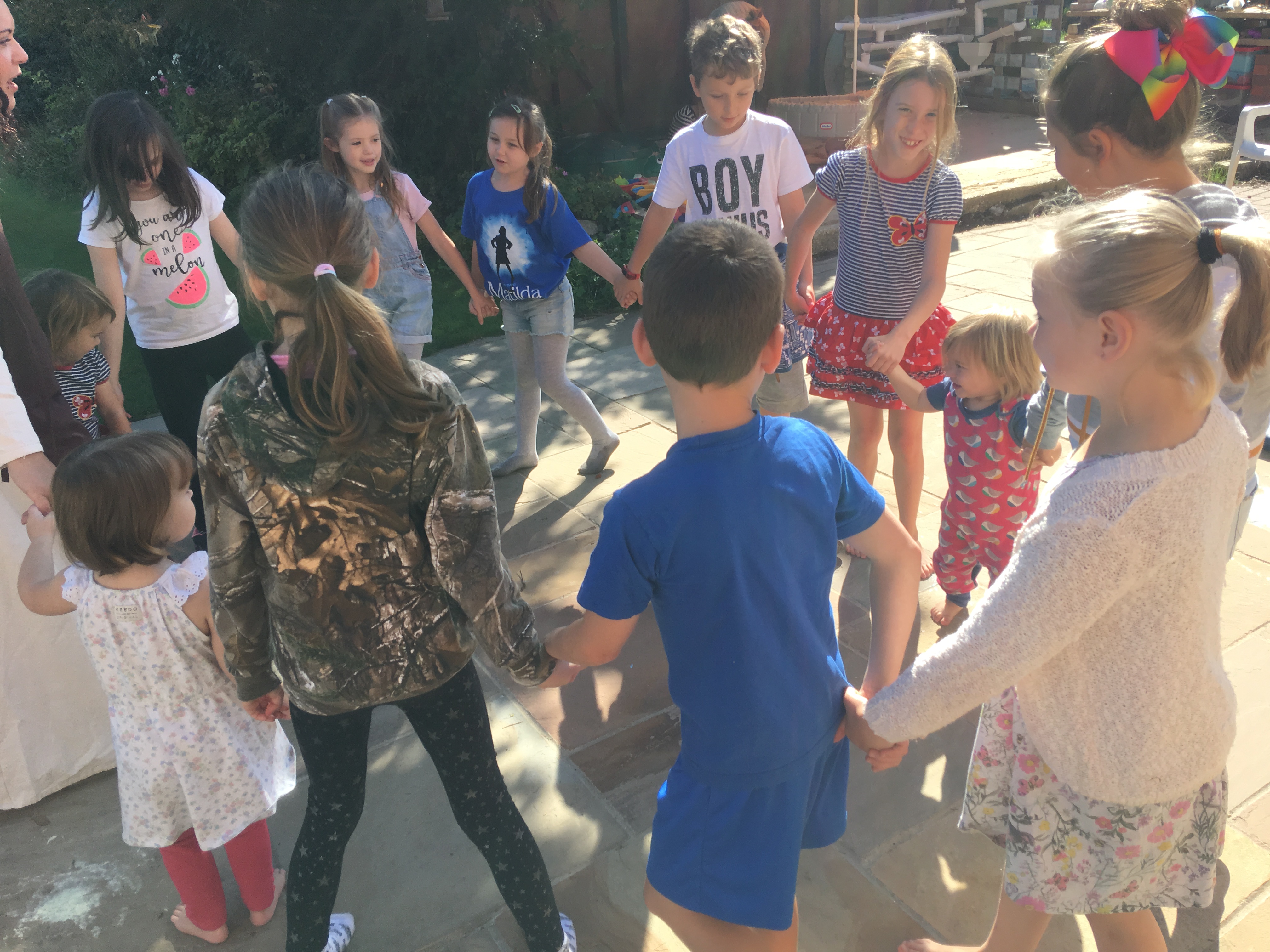
After the fleas and rats game
The children became hunters
Hunting and killing the animals on the streets
Trying to stop the spread of the disease
Another games was played
Hunters and animals
But of course, even with all the animals gone
The plague was still spreading as the fleas infected the humans
Next we learned about the symptoms of the plague
Coughs and sneezes
Spots, buboles and rashes
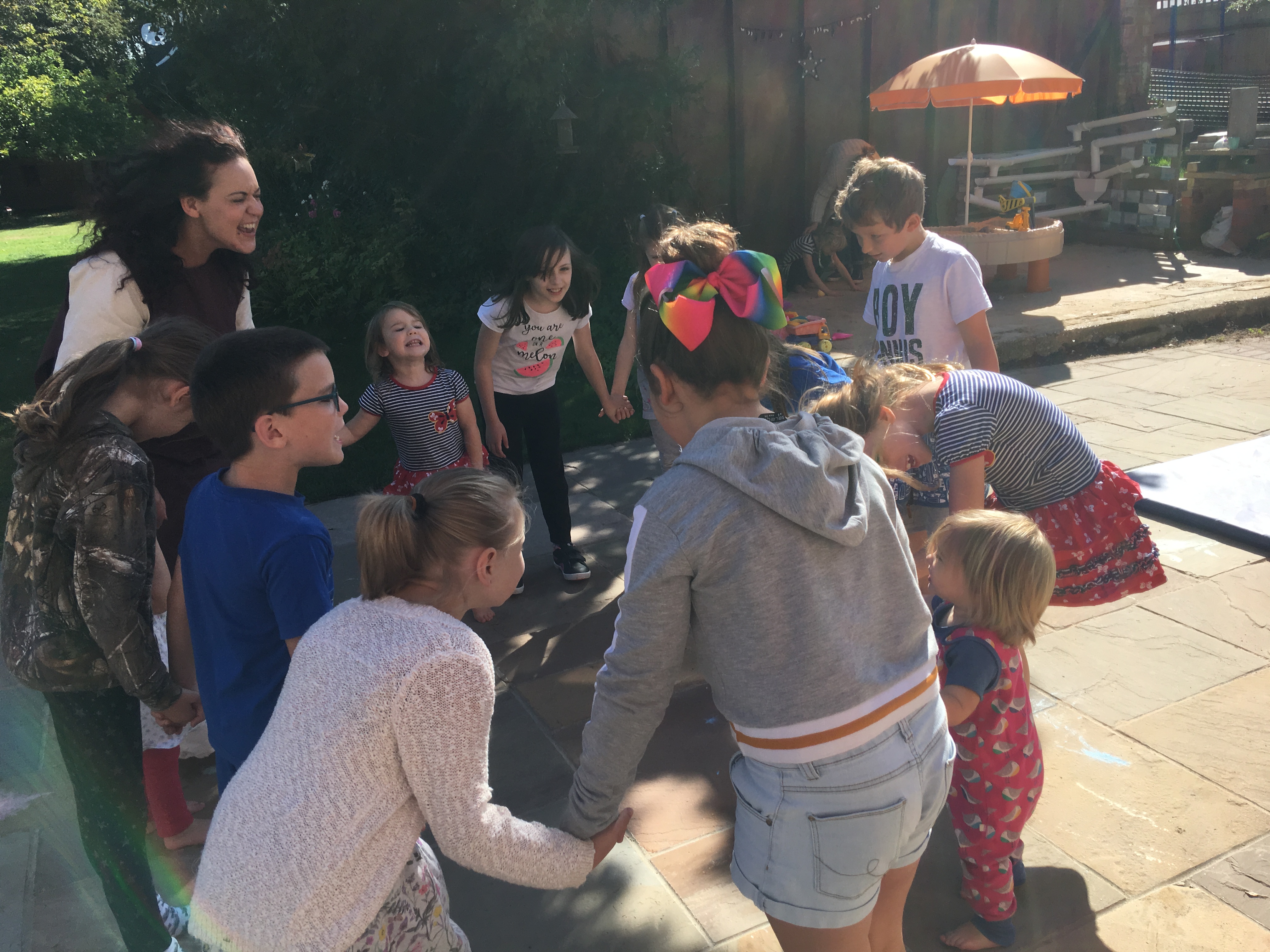
We sang Ring o Roses
And talked about how people believed
The rhyme written in the 1800s
Was referring to the plague
We talked about the posies
And how people believed that plague
Might be linked to the dirty air
So rich people made posies and plague water
Filled with lavender, rosemary, roses and mint
To filter the air
Poor people could not afford these herbs
And instead used vinegar to purify their air
And mask any smell
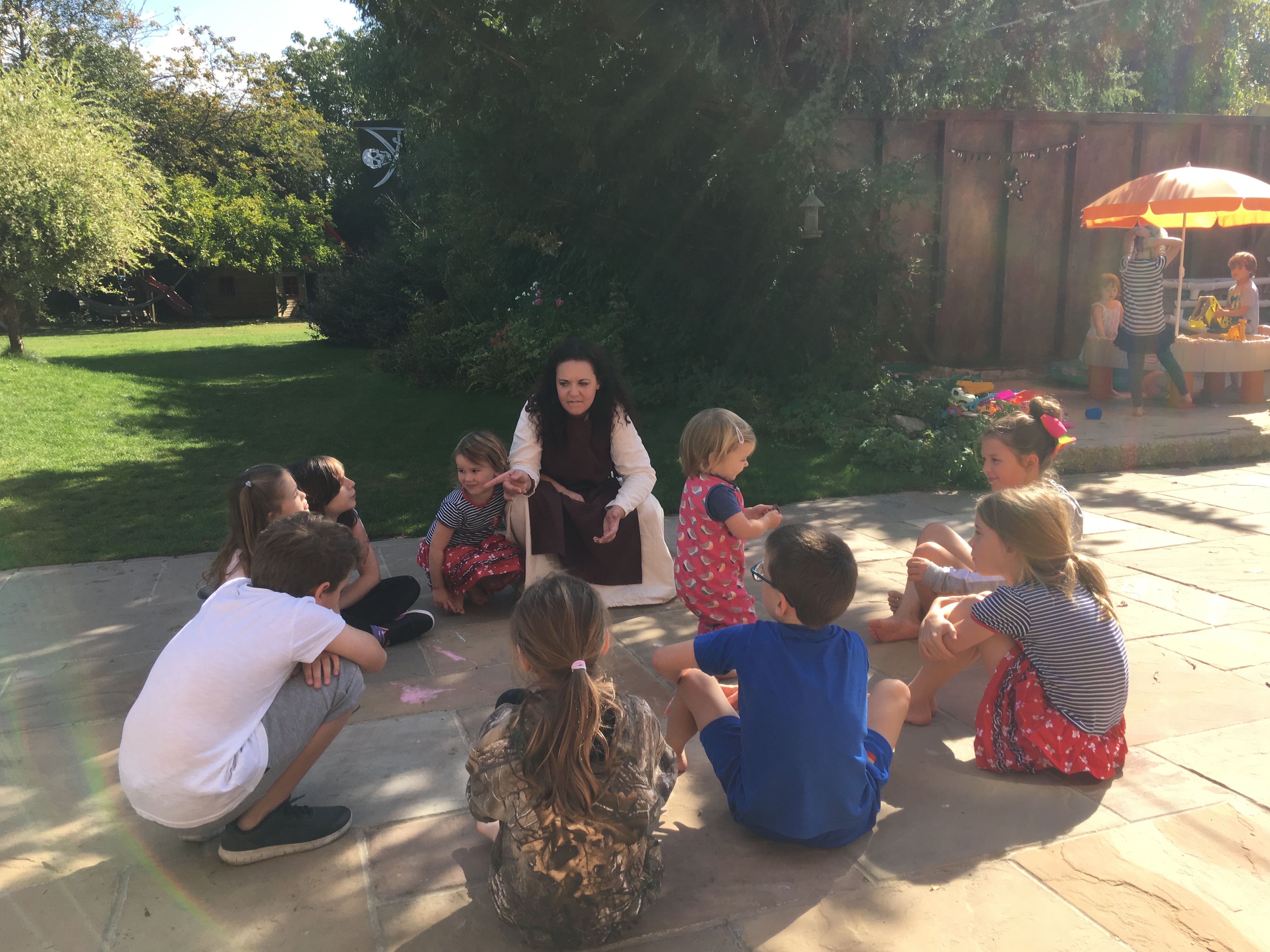
Next the children learned about the plague doctor
What he wore and why
They then played a game
Where there were doctors and patients
The doctors had to question the patients
And look for signs of plague
Do you have a cough?
Do you have a sneeze?
Have you got any spots?
Do you have sore armpits?
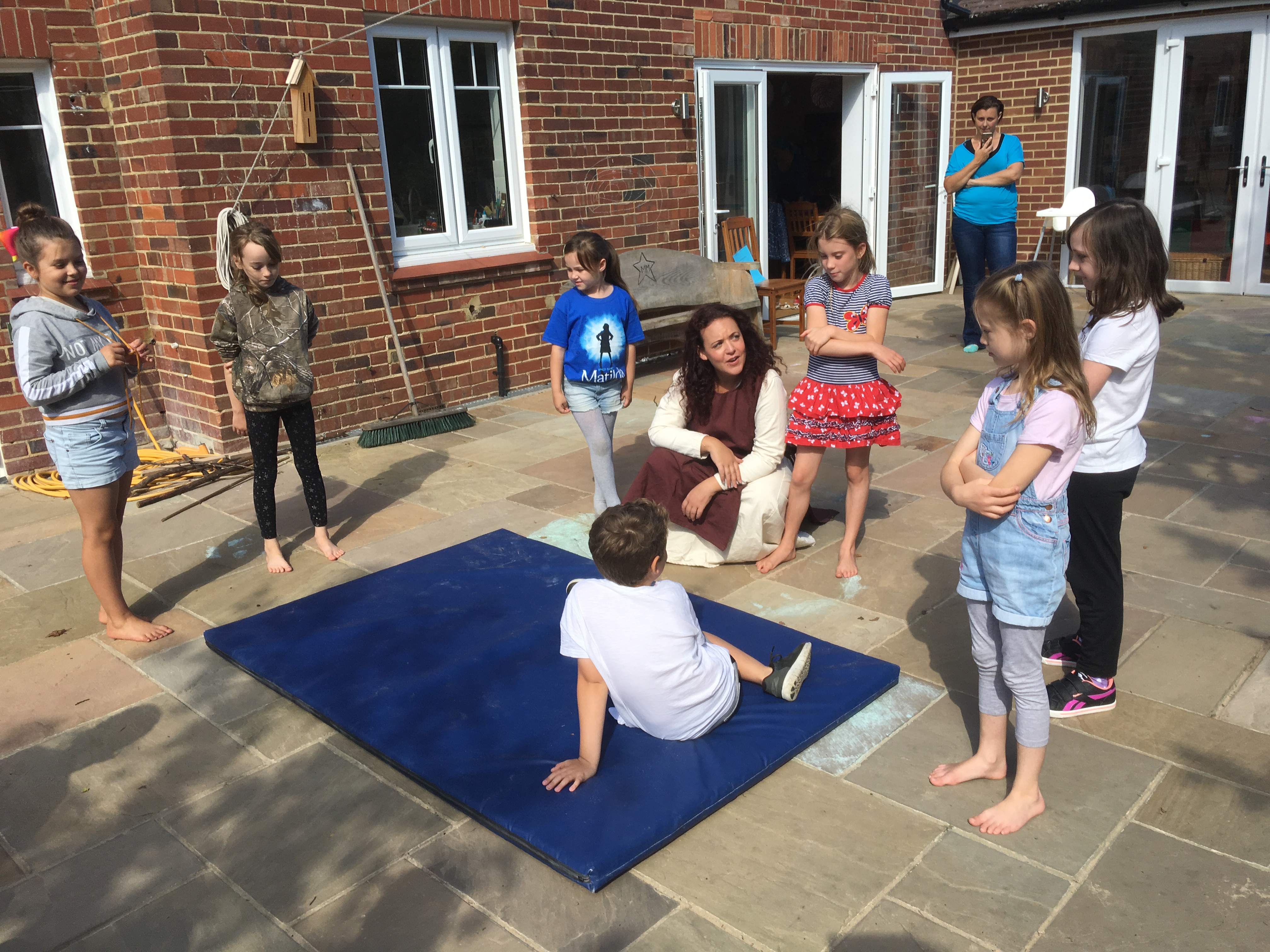
They discussed how they had no medicine
No antibiotics
And therefore had no way of helping the patient
All they could do was shut them up in their houses to die
They would have to stay in their house
With anyone from their family that had been in contact with them
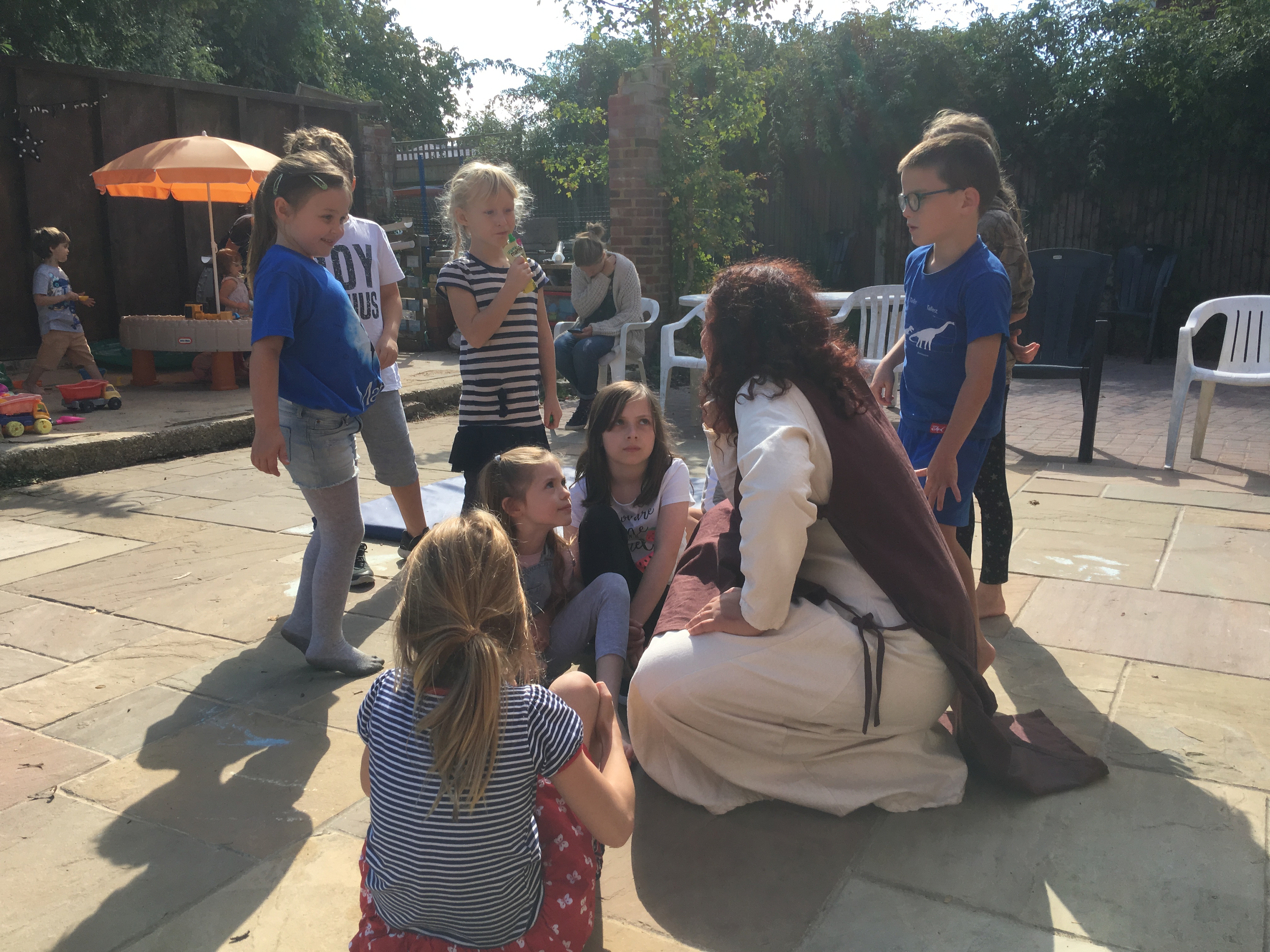
The windows would be boarded up
The doors shut
A red cross painted on the door
With the words
Lord Have Mercy Upon Us
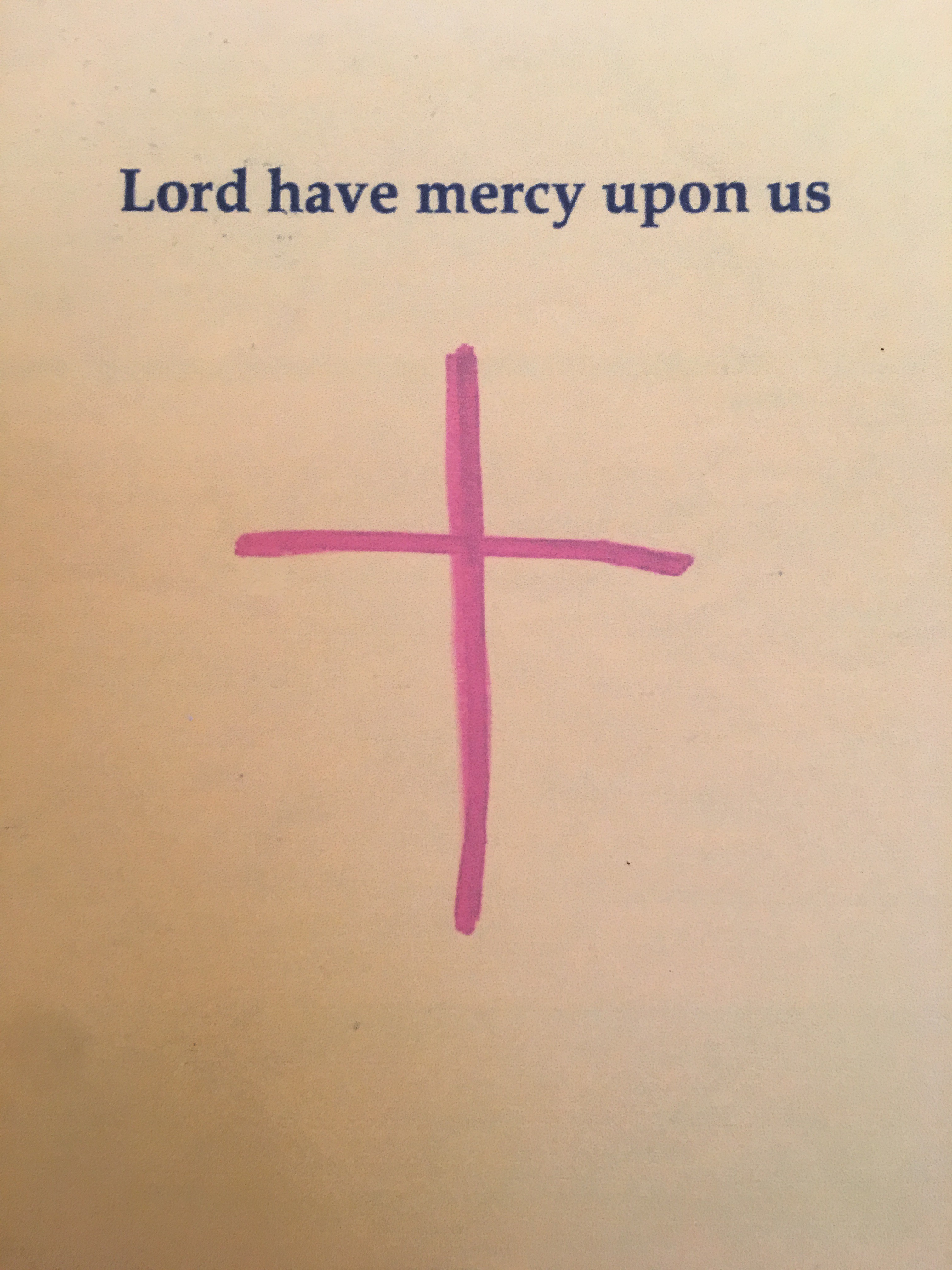
The children learned about the Watchmen
How they would watch to see if any infected people tried to leave their homes
How they would feed the infected families
Until they died
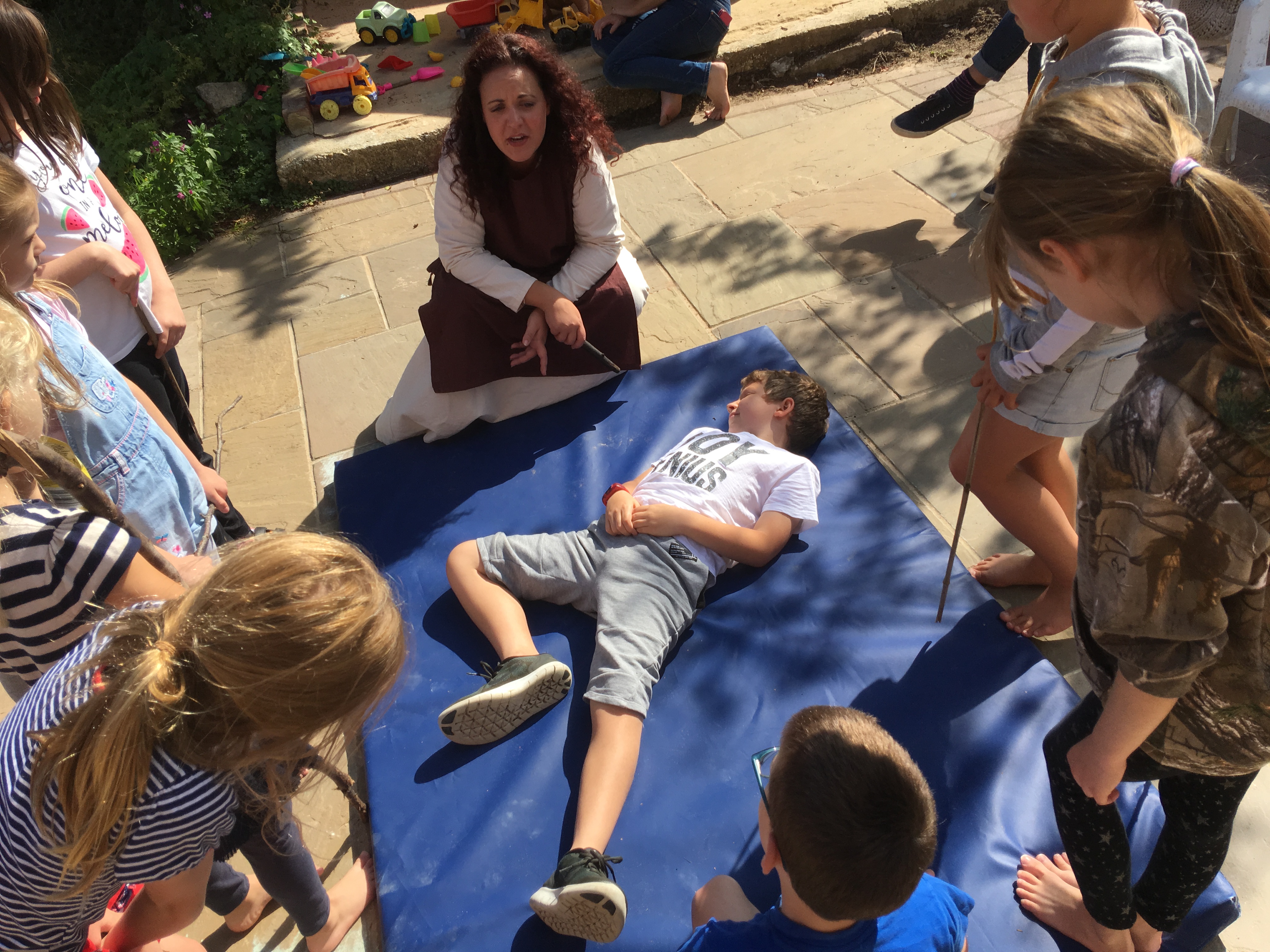
And then we met Margory Jones
A Searcher
Who would search the town for dead bodies
Every time the church bells tolled
They knew that someone had died
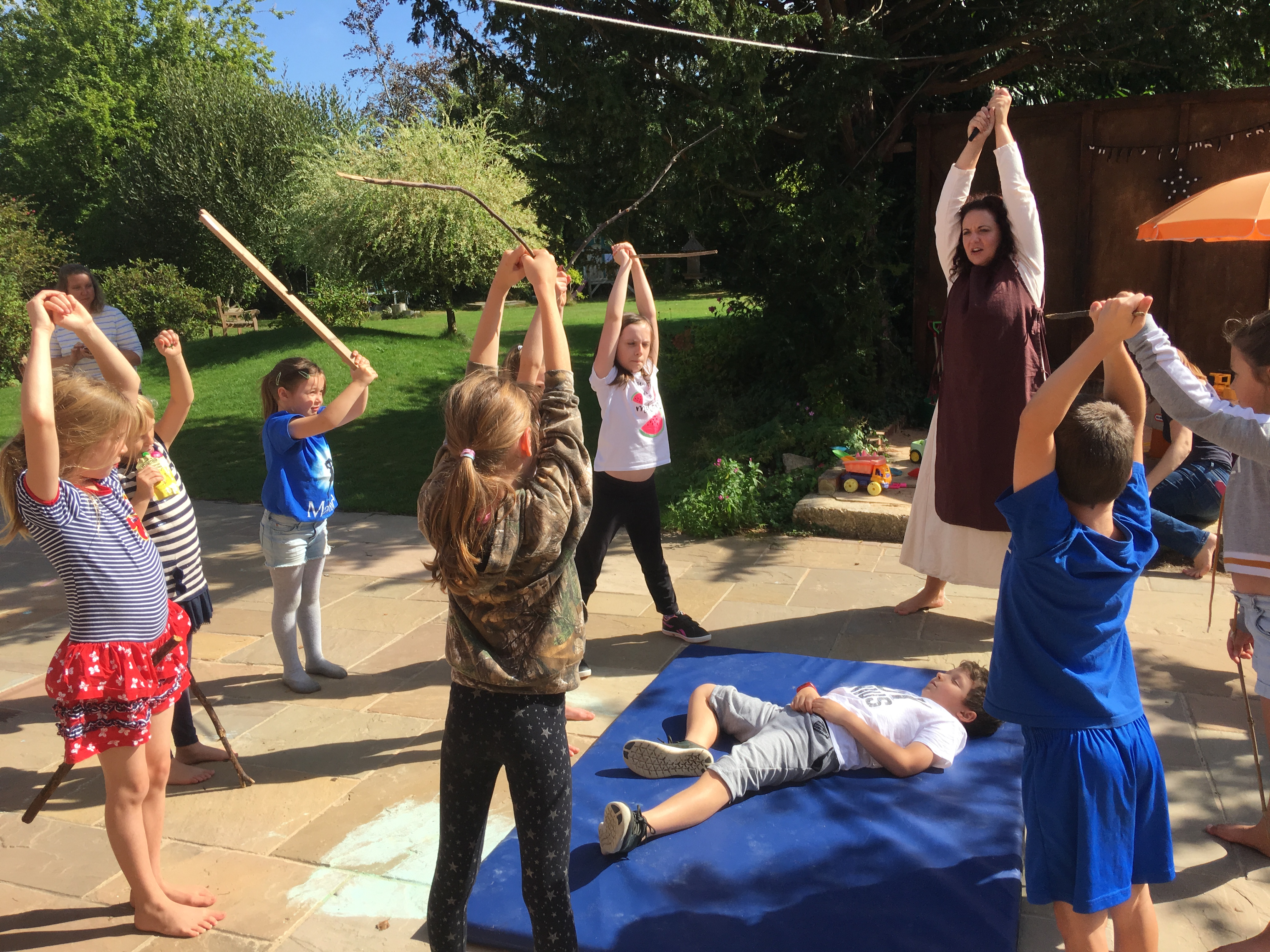
They would find them
Look for signs to confirm the plague
And report to the doctor
Who would record the death
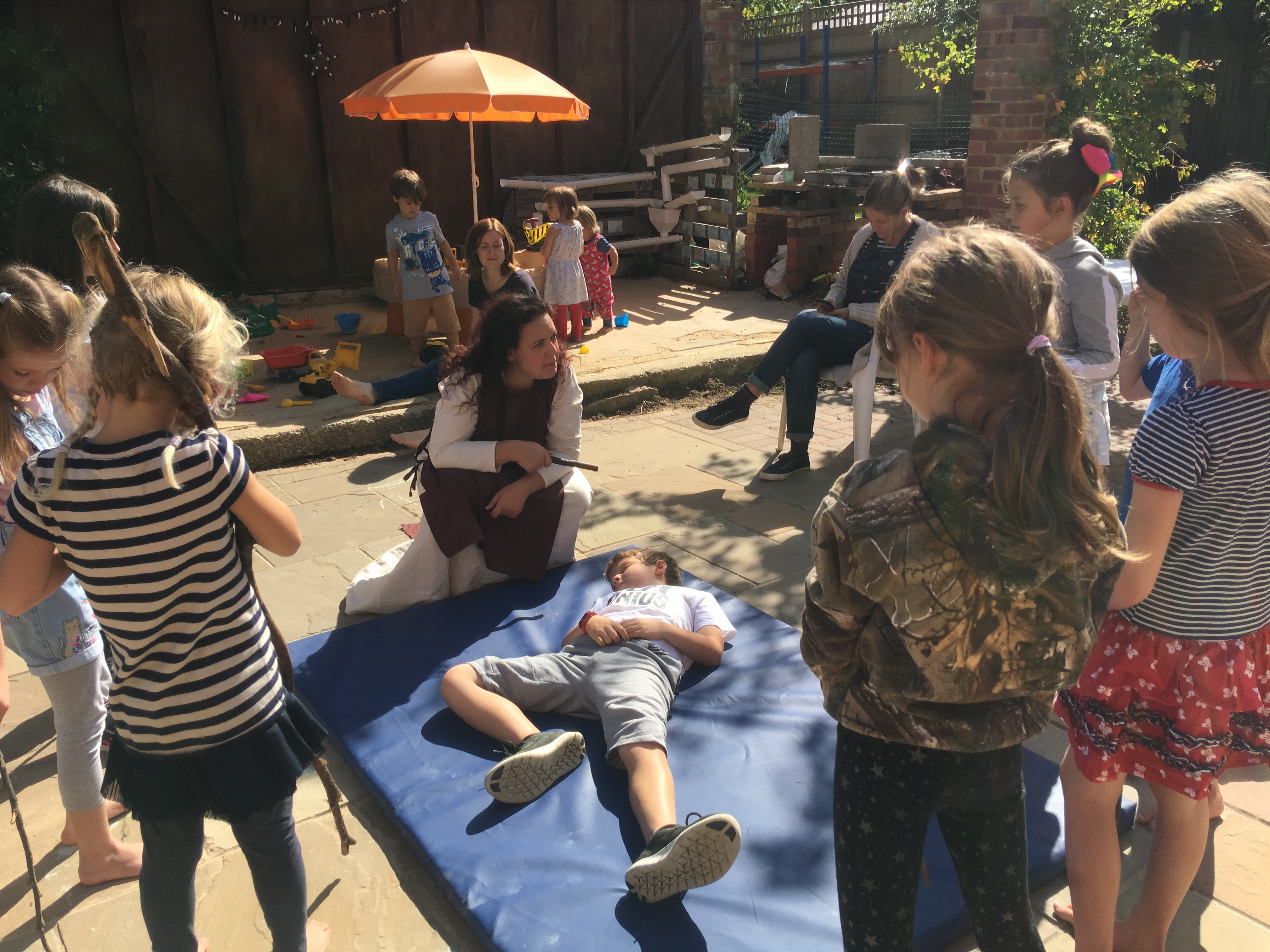
Searchers were poor
They had no family
They were chosen for their job
Because nobody cared if they caught the plague
Nobody cared if they lived or died
They would enter the homes of plague victims
Using sticks to avoid touching the bodies
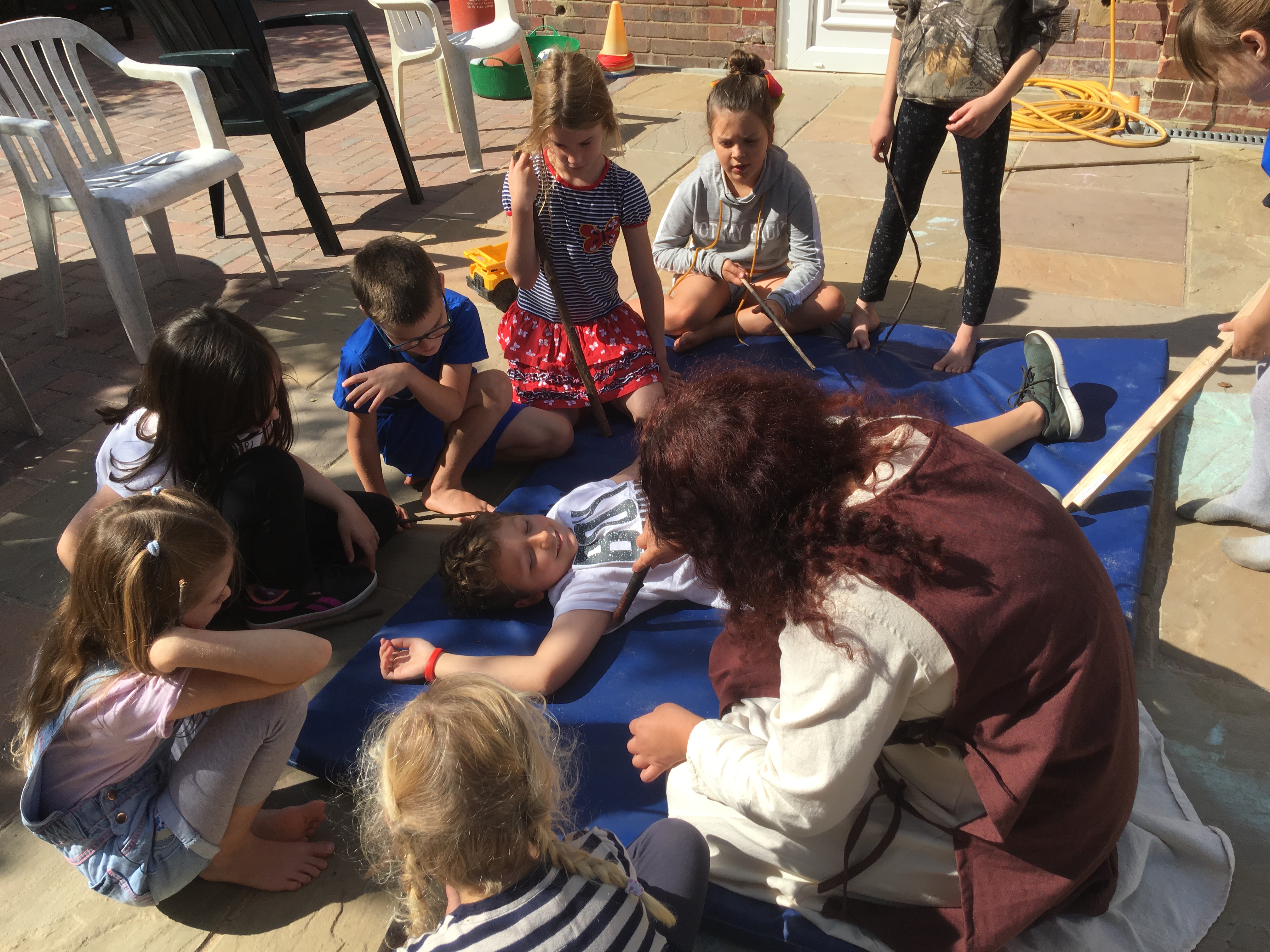
Once the death was recorded
The corpse carriers would come
They would take the dead
To the nearest grave
The nearest plague pit
Where they would be buried
With herbs and vinegar
To try to stop the spread of the plague
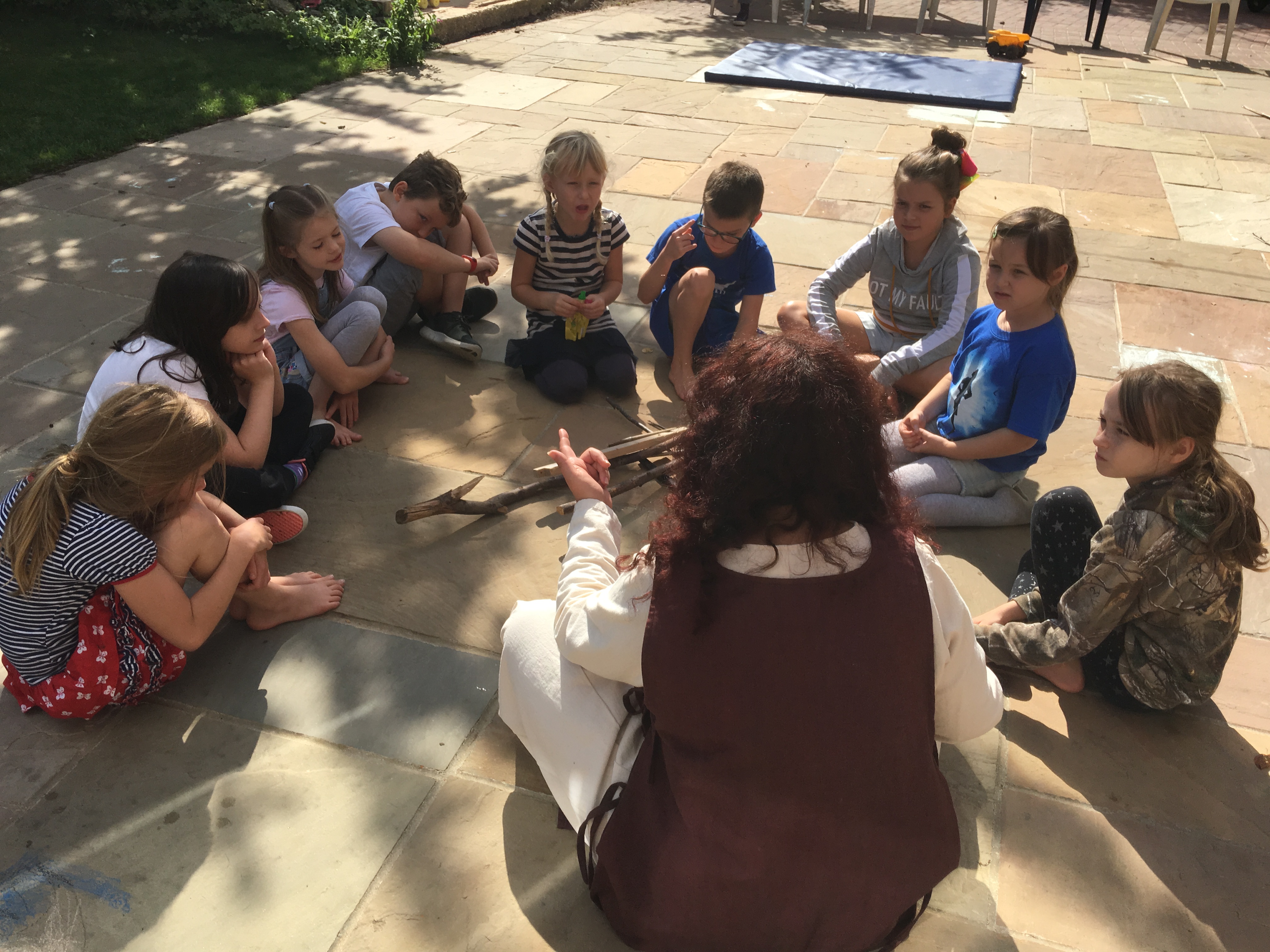
After acting out the grave digging
And burying their dead
The children came together to discuss how many people died
As a result of The Great Plague
And why it was called The Great Plague
Do you know why?
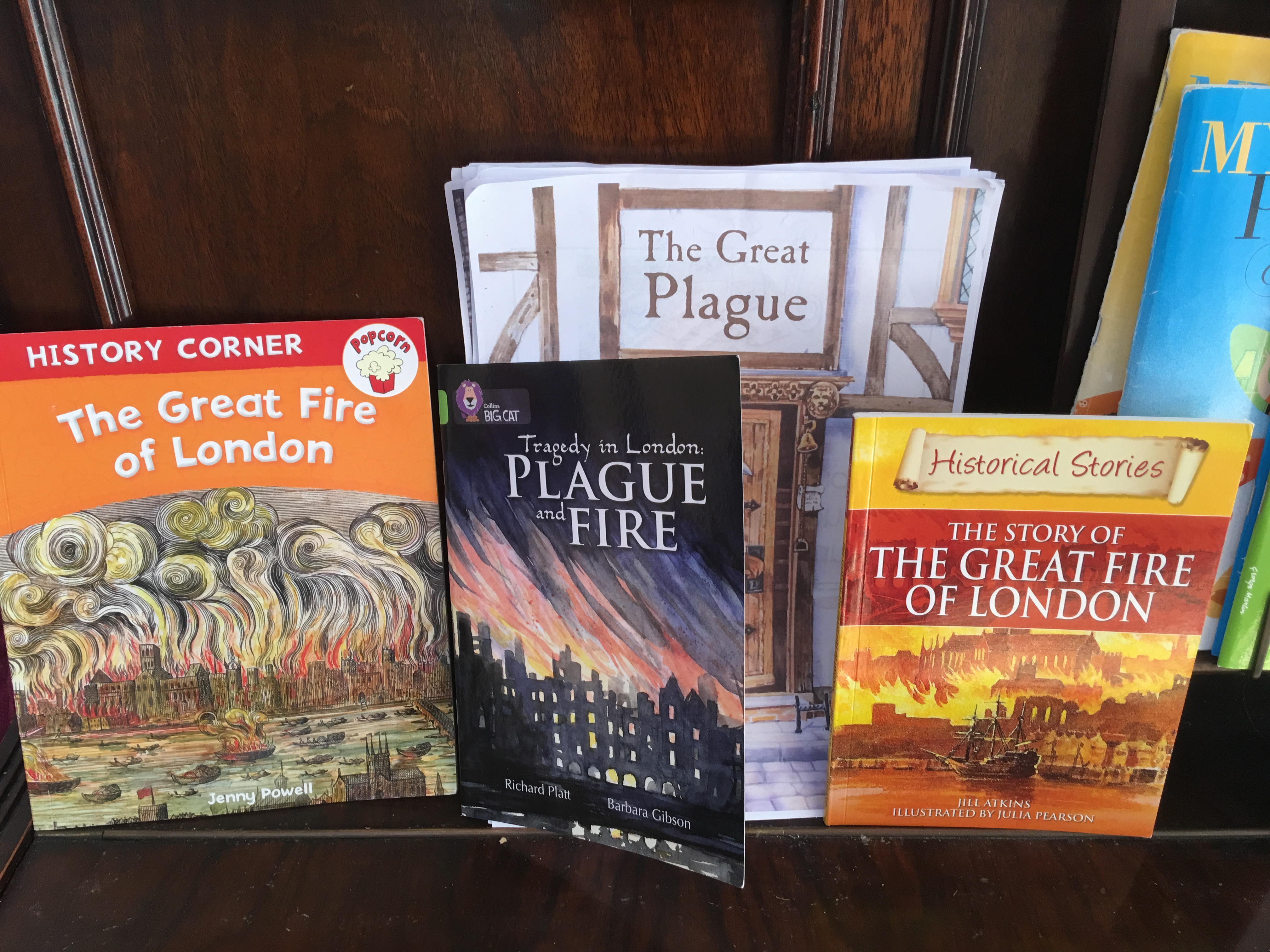
We also talked about how the plague was finally wiped out
In 1666
By The Great Fire of London
Which we will be exploring together next week
With the incredibly talented Katie and Bindlestick Theatre Company

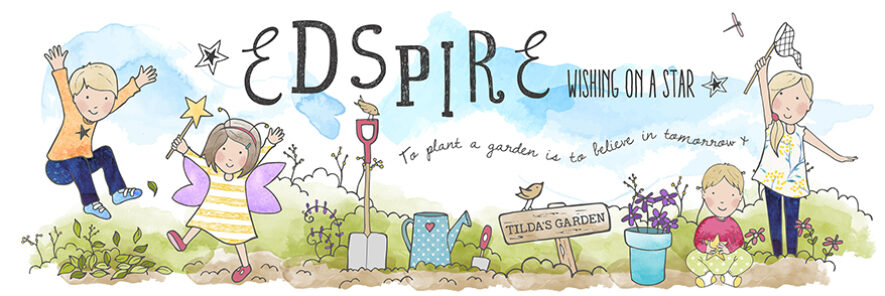
Such a creative and fun way for children to learn. History has always been my passion and my favourite subject to teach. I love all the activities the children took part in and am looking forward to reading about the Great Fire of London.
It looks as if the children loved it!